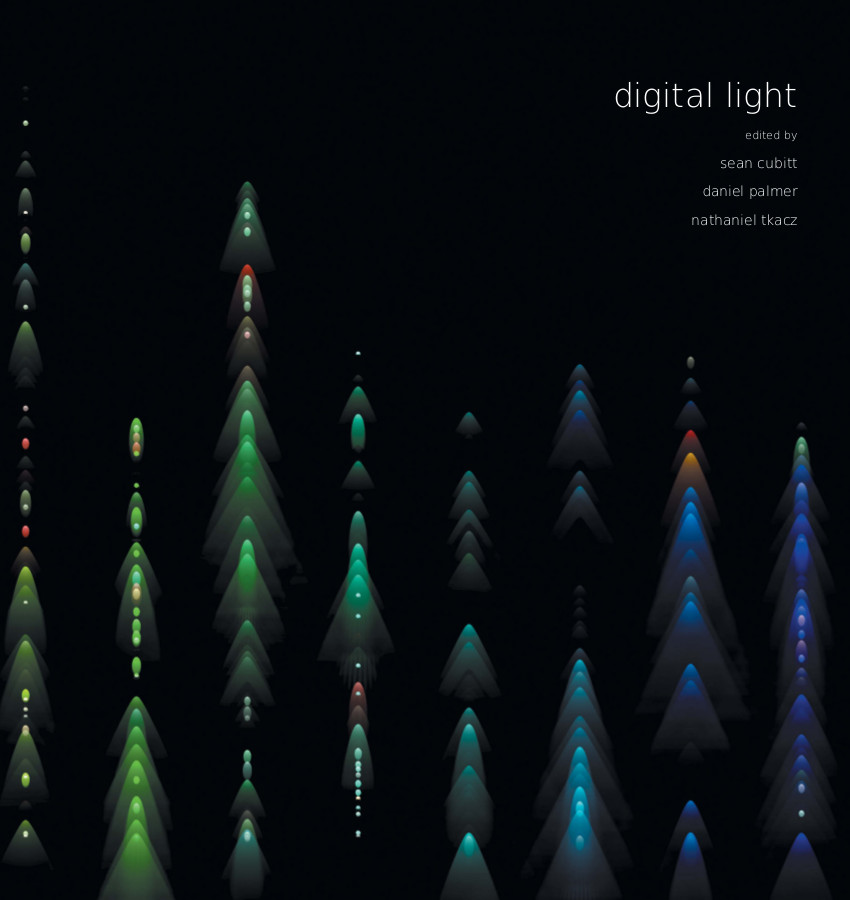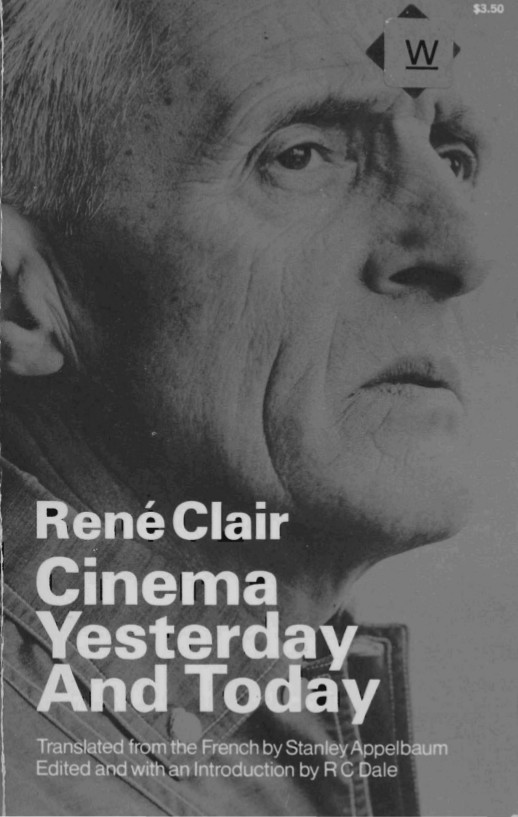Geraldine Juárez: Flux until Sunrise (2018)
Filed under artist publishing | Tags: · ceramics, display, electronic waste, screen

“The book combines an interview with Esther Leslie about Materialismo Mágico with documentation of my material exploration of what she refers as the Liquid Crystal Epoque. The book includes the recipes for LCD and Gorilla screen-glazes.”
Publisher Rojal, Gothenburg, 2018
ISBN 9789198492835
[50] pages
Sean Cubitt, Daniel Palmer, Nathaniel Tkacz (eds.): Digital Light (2015)
Filed under book | Tags: · aesthetics, art, cinema, digital, film, image, light, optics, photography, screen, technology, vision

“Light symbolises the highest good, it enables all visual art, and today it lies at the heart of billion-dollar industries. The control of light forms the foundation of contemporary vision. Digital Light brings together artists, curators, technologists and media archaeologists to study the historical evolution of digital light-based technologies. Digital Light provides a critical account of the capacities and limitations of contemporary digital light-based technologies and techniques by tracing their genealogies and comparing them with their predecessor media. As digital light remediates multiple historical forms (photography, print, film, video, projection, paint), the collection draws from all of these histories, connecting them to the digital present and placing them in dialogue with one another.
Light is at once universal and deeply historical. The invention of mechanical media (including photography and cinematography) allied with changing print technologies (half-tone, lithography) helped structure the emerging electronic media of television and video, which in turn shaped the bitmap processing and raster display of digital visual media. Digital light is, as Stephen Jones points out in his contribution, an oxymoron: light is photons, particulate and discrete, and therefore always digital. But photons are also waveforms, subject to manipulation in myriad ways. From Fourier transforms to chip design, colour management to the translation of vector graphics into arithmetic displays, light is constantly disciplined to human purposes. In the form of fibre optics, light is now the infrastructure of all our media; in urban plazas and handheld devices, screens have become ubiquitous, and also standardised. This collection addresses how this occurred, what it means, and how artists, curators and engineers confront and challenge the constraints of increasingly normalised digital visual media.
While various art pieces and other content are considered throughout the collection, the focus is specifically on what such pieces suggest about the intersection of technique and technology. Including accounts by prominent artists and professionals, the collection emphasises the centrality of use and experimentation in the shaping of technological platforms. Indeed, a recurring theme is how techniques of previous media become technologies, inscribed in both digital software and hardware. Contributions include considerations of image-oriented software and file formats; screen technologies; projection and urban screen surfaces; histories of computer graphics, 2D and 3D image editing software, photography and cinematic art; and transformations of light-based art resulting from the distributed architectures of the internet and the logic of the database.”
Publisher Open Humanities Press, London, 2015
Fibreculture Books series
Creative Commons BY-SA 4.0 License
ISBN 1785420089, 9781785420085
224 pages
Review: Mathias Denecke (Culture Machine, 2016).
PDF, PDF, PDF (4 MB, updated on 2016-7-19)
Comment (0)René Clair: Cinema Yesterday and Today (1970/1972)
Filed under book | Tags: · cinema, film, film criticism, film history, screen, silent film, theatre

This is the first English translation of Rene Clair’s Cinema d’hier, cinema d’aujourd’hui, which, when it appeared in France in 1970, easily won the prize for best film book of the year. In it the master of French film comedy plays with time in much the same way that a film editor might – he combines reviews written during the twenties and thirties with comments made in 1950 and again in 1970, and includes brief notes from other years as well as an imaginary dialogue with himself across time. The result is surprisingly unified. It is Clair’s coherent vision of the cinema as he surveys his entire career and the whole of film history. In the best sense of the term, it is an essay, and one of the very few such works written by a giant in the world of film.
Mixing personal memories with critical perception and aesthetics, he discusses the making of Entr’acte and comments specifically on a large number of European and American films. He recounts his struggle through the birth of the sound film, hailing it for its potential but regretting the loss of a world of dreams.
Clair does not consider cinema in a vacuum but alludes frequently to the works of Rimbaud, Jarry, Shakespeare, Moliere, Racine, De Quincey and a host of others. His own writing is full of intelligence, freedom and elegance. His defense of comedy is striking, and he gives ample play to his own comic sense in the many anecdotes that everywhere enliven the text. Perhaps his love of cinema is best illustrated by his use of three words in describing it–“miracle,” “faith” and “grace.”
Originally published in French as Cinéma d’hier, cinéma d’aujourd’hui, Gallimard, 1970
Translated by Stanley Appelbaum
Edited and with an Introduction by R C Dale
Publisher Dover Publications, 1972
ISBN 0486227758, 9780486227757
260 pages

